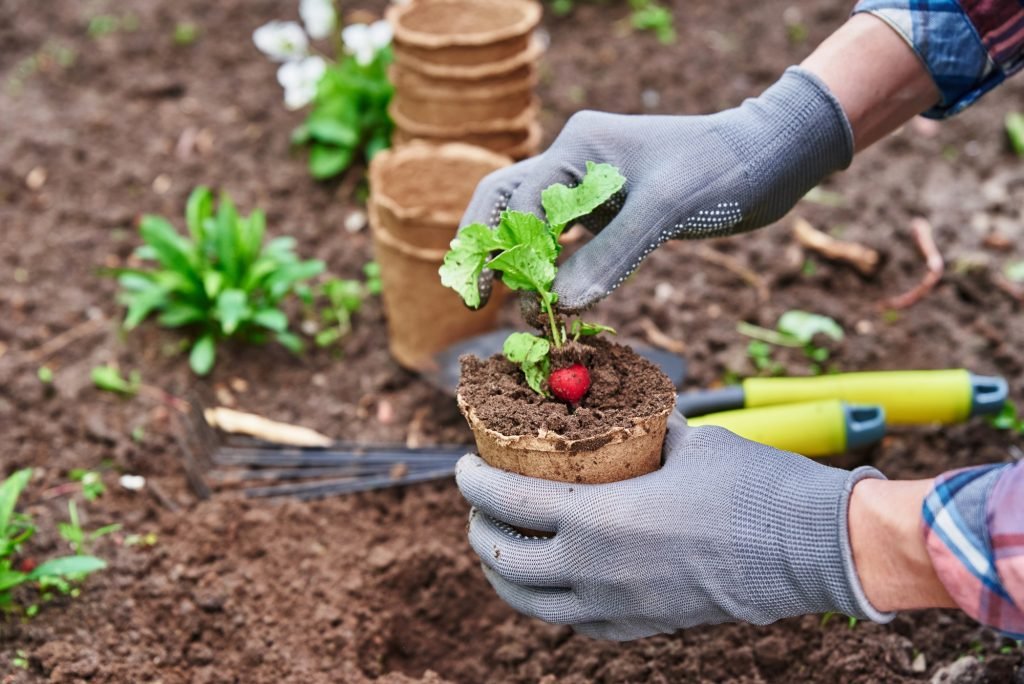Spring is here and, with it, the best time of the year to look after your lawn and refresh your landscaping design. The weather is still mild, and planting season is in full swing! However, having a clear plan in place can help you tackle the priorities and make sure that your garden is ready for the summer season ahead!
In this quick-start guide, we’ll look at a few garden maintenance tasks to complete before the days get hotter. Let’s get started!
Clean Your Lawn
Spring is the perfect time to give your lawn a little TLC! After the harsh winter months, your grass might be covered in debris like twigs, leaves, and other organic material. These can be used as fertilizer in some cases, you may also want to avoid rotting leaves spoiling your lawn. Plus, nothing beats a clean, looked after garden!
To get started, begin by raking the lawn to remove debris. This not only cleans up the area but also allows your grass to breathe and encourages healthy new growth. This also makes it easier to notice any bare patches and reseed them as needed. As you clear up your lawn, consider investing in Dumpster Rental services to streamline this task!
Start Planting New Vegetables And Flowers

Spring is the best time of the year for planting. The combination of rain and sunshine provides your plants everything they need to form roots and sprout. However, your choice of seeds here makes all the difference! Choose vegetables that thrive in your area. If you are not sure where to start, options like carrots, peas, and spinach often do well in many climates.
When it comes to flowers, marigolds, daisies, and sunflowers are wonderful options to brighten up your garden! Plan where you’ll plant each type and develop a landscape design before getting started!
Learn The Basics Of Permaculture
Permaculture is an eco-friendly approach to gardening and agriculture. It aims to create sustainable systems that take advantage of natural factors, like sun exposure, waterways, shade and wind. These systems help reduce maintenance and create garden areas that are healthy, good for the soil, and long-lasting.
Even if you are not working with an expert, there is a lot that you can do to develop a permaculture garden. For instance, begin by observing your garden’s natural patterns—where the sun shines, where water flows—and use that knowledge to your advantage. Plus, you can implement small changes like setting up a rainwater harvesting system or planting companion plants that benefit each other!
Prune And Fertilize To Encourage New Growth
Before summer, be sure to carry out tasks like pruning and fertilizing your plants to encourage new growth. If you are looking for an added challenge and a more sustainable way to look after your garde, consider making your own fertilizer!
Take Care Of Your Tools
If you have stored your tools away throughout winter, you may want to carry out a little maintenance before getting started with them. This can help you take care of your lawn without unexpected hiccups or breakdowns.
Start by giving your shears, spades, and lawnmowers a good clean. Then, sharpen tools like scythes and apply a little oil to pruners and shears to keep them in tip top shape.


































